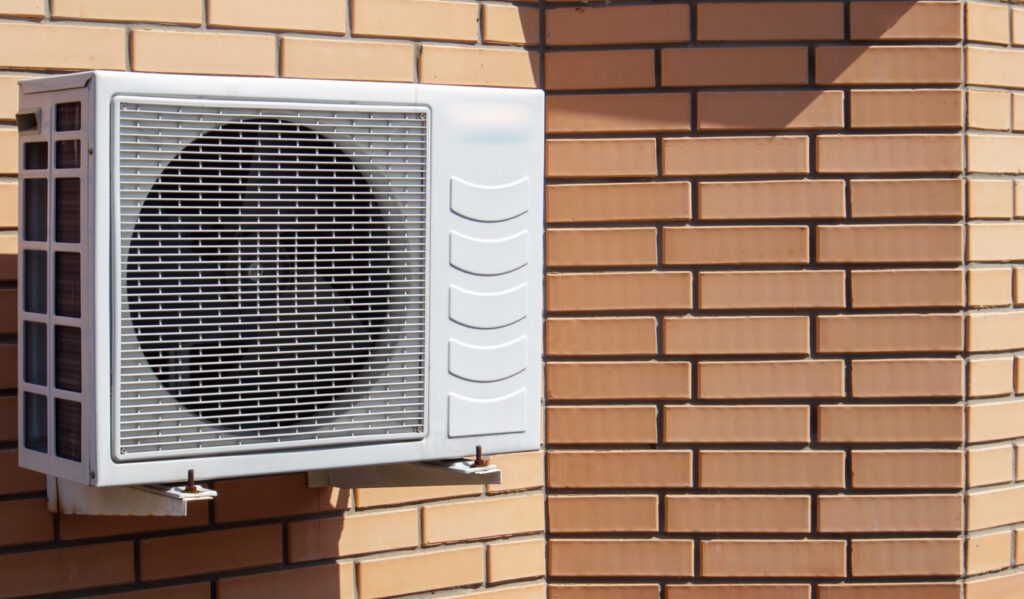Are you a HVAC technician struggling to make sense of common mini split codes? We’ve all been there. Thankfully, we’ve created this guide to help decode these complex codes and provide insight on how to troubleshoot the issue.
Whether it’s an E3 mini-split DF code or ES1 error code, we’ll break down what each one means and the steps you should take to diagnose and fix the problem. Keep reading for our comprehensive guide on decoding those pesky mini split codes!
What are Error Codes and Why Do They Matter to Mini Splits?
Error codes are a vital aspect of any mini split system that is worth its salt. These codes are a way for the system to communicate with the user, alerting them to any issues or malfunctions that may arise.
It’s understandable to feel frustrated when an error code appears, but it’s important to recognize that these codes are there to assist you. They can provide valuable insights into what’s gone wrong, allowing you to take preventative measures and potentially avoid more significant problems.
With a better understanding of what these codes mean, you can ensure your mini split system is operating optimally, keeping your space comfortable and your energy bills low.
Overview of Common Mini Split Error Codes
Mini split air conditioner systems have become increasingly popular due to their energy efficiency and versatility in both residential and commercial settings. However, it is common to encounter error codes when operating the system.
Some of the most common error codes include E1, indicating a communication error between indoor and outdoor units, E5, indicating a malfunction in the room temperature sensor, and E6, indicating a problem with the outdoor unit fan motor.
Knowing how to troubleshoot these error codes can save time and money in the long run, leaving you with a functioning mini split system that keeps you comfortable year-round.
Mini Split Codes for Your Reference
When it comes to understanding common mini split error codes, it’s important to have a more extensive list of mini split codes on hand for when issues arise. Here’s a list of mini split codes to save for your reference during future HVAC maintenance and repairs:
- EO – communication fault (indoor/outdoor)
- EC – outdoor communication fault
- E1 – sensor for room temperature
- E2 – coil temperature sensor (indoor)
- E3 – coil temperature sensor (outdoor)
- E4 – abnormal system
- E5 – wrong model configuration
- E6 – indoor fan motor
- E7 – outdoor sensor for temperature
- E8 – temperature sensor for exhaust
- E9 – module and drive fault/intelligent power
- EF – fan motor module (outdoor)
- EA – current sensor fault
- EE – EEPROM
- EP – temperature switch fault
- EU – sensor fault (voltage)
- EH – intake temperature sensor
- P1 – protection from over or undervoltage
- P2 – protection from overcurrent
- P4 – exhaust overtemperature protection
- P5 – subcooling
- P6 – overheating protection (cooling mode)
- P7 – overheating protection (heating mode)
- P8 – protection for overtemperature and under temperature (outdoor)
- P9 – software control (drive protection)
- P0 – hardware control (module protection)
Understanding the Most Common Mini Split Error Codes
When diagnosing a mini split system, common error codes can be displayed that indicate the source of the problem. As an HVAC technician, it is important to be familiar with these codes to quickly and accurately identify issues and make necessary repairs. Common mini split error codes include DF code, E1 code, and P6 code.
The DF code typically indicates a malfunction of the indoor unit fan motor, with the main causes being power voltage issues and faulty wiring. If a DF code is displayed, it is important to ensure that there is proper power and voltage running to the unit before attempting any repairs. It may also be necessary to check for frayed wires or loose connections and make sure that all components are clean and free of dust or debris.
The E1 code typically indicates a problem with the unit’s temperature sensing, a common cause being faulty wiring to the indoor unit. If an E1 code is displayed, it is important to check any power or electrical connections between the indoor and outdoor units and make sure that all wiring is in good condition. It may also be necessary to check for loose wires or connections between the indoor unit and the thermostat.
The P6 code typically indicates a problem with the electric heater, with one of the most common causes being a faulty connection between the outdoor unit and indoor unit. If a P6 code is displayed, it is important to check the connections between the two units and make sure that all wiring is in good condition. It may also be necessary to replace any faulty components or clean off any dirt or debris on the electrical terminals.
Common Mini Split Error Codes: Conclusion
Error codes have become an invaluable tool to homeowners and technicians in understanding and troubleshooting mini splits. Knowing and understanding the primary error codes can reduce costly repairs, prevent dangerous situations and extend system longevity. However, often times it’s better to seek professional help if you’re unsure of what the error code means or how to go about fixing it.
With the right diligence and care your air conditioner or heat pump should not give out too many error codes. Regular maintenance cleaning, filters changing and keeping up to date with all the components will ensure that everything runs smoothly for your mini split system. When it comes down to deciphering an error code, understanding their purpose is the best place to start!




